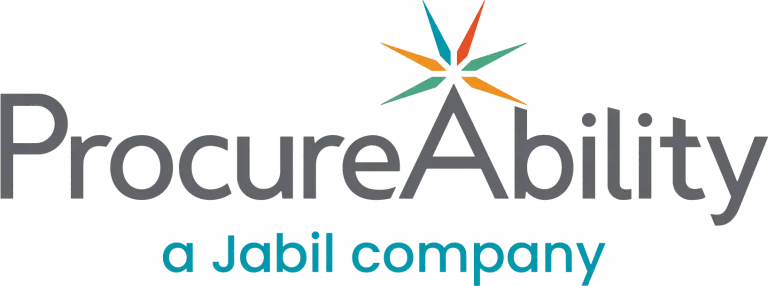
Supply chain management centers on solving complex problems. Procurement and supply chain professionals constantly seek new ways to optimize processes, boost efficiency, and enhance performance. While teams often focus on capturing value through cost savings and operational improvements, creating value is equally critical.
Balancing Efficiency with Innovation
Organizations routinely apply proven efficiency methodologies to streamline operations and strengthen supply chain performance. Frameworks such as Six Sigma, Total Quality Management (TQM), Lean Manufacturing, outsourcing, and digital transformation help eliminate waste and increase productivity.
However, when teams focus solely on efficiency, they risk addressing only the symptoms of a problem instead of its root cause. They may also miss opportunities to design more effective, forward-looking solutions. Before forming cross-functional teams or investing in new technology, leaders must clearly define the problem, identify who it affects, and understand the end user’s needs.
Integrating Design Thinking in Procurement and Supply Chain
Design Thinking provides a powerful framework to drive innovation in procurement and supply chain strategy. This user-centric approach integrates three essential elements: business viability, technological feasibility, and human desirability.
As Tim Brown, CEO of IDEO, explains, “Design Thinking is a human-centered approach to innovation that draws from the designer’s toolkit to integrate the needs of people, the possibilities of technology, and the requirements for business success.”
By placing users—whether internal stakeholders or external partners—at the center of the process, procurement leaders gain deeper insight into how tools, systems, and services will be used. This understanding helps them design solutions that deliver measurable impact and achieve stronger adoption across the organization.
Why Design Thinking Matters in Supply Chain Strategy
In practice, Design Thinking can help avoid common pitfalls, such as launching dashboards or procurement tools without fully considering how they’ll be used or what specific problems they solve. The process is iterative, meaning it continues to evolve until a truly effective solution is identified. This flexibility makes it well suited for today’s fast-changing supply chain environments.
As Michael Graber of Southern Growth Studio points out, “Design Thinking is a method for business growth, but the benefits go as deep for your company as they do for customers.”
The Competitive Advantage of Combining Efficiency and Innovation
When procurement teams apply Design Thinking alongside traditional efficiency tools, they achieve a more complete approach to value creation. Innovation drives new capabilities, while efficiency ensures those capabilities are scalable and cost-effective.
Design Thinking (creating value) + Efficiency Methodologies (capturing value) = Sustainable Competitive Advantage
By adopting a dual focus, on both innovation and operational excellence, supply chain leaders can unlock new growth opportunities, drive business alignment, and build more resilient procurement functions.



